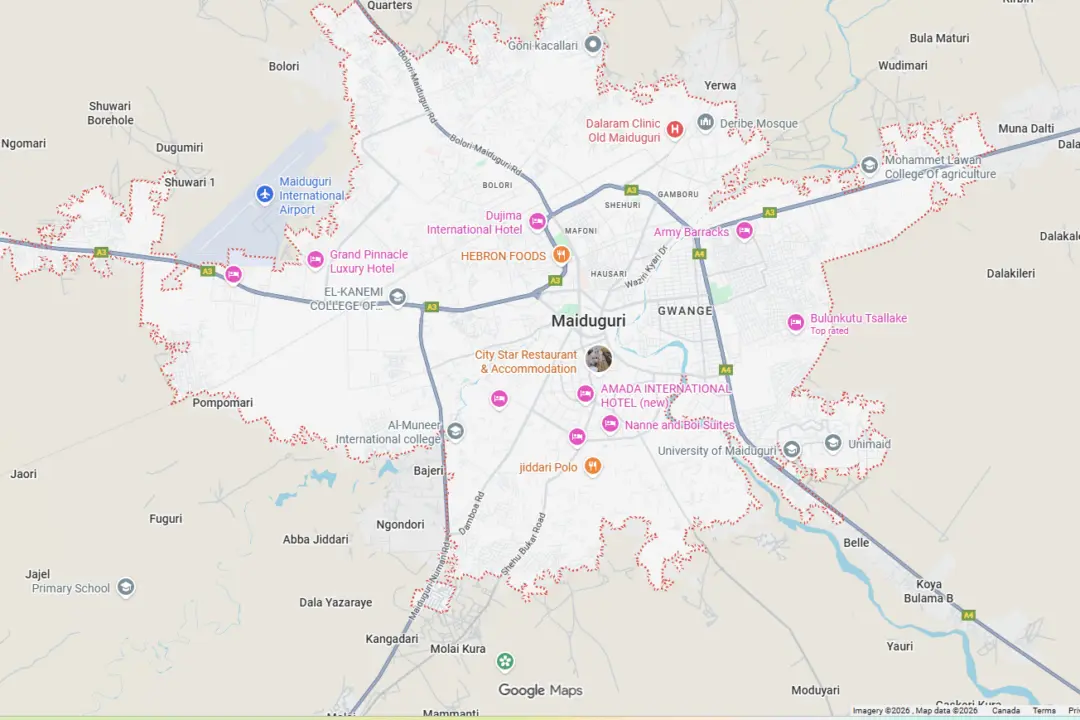BEIJING—More Chinese cities including Urumqi in the far west announced an easing of coronavirus curbs on Dec. 4 after unprecedented protests against restrictions last weekend.
Urumqi, the capital of the Xinjiang region and where the protests first erupted, reopened malls, markets, restaurants, and other venues on Dec. 5, ending strict months-long lockdowns.





